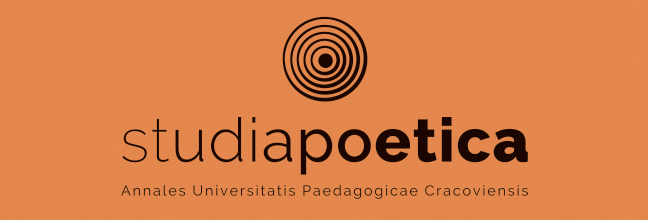Between locus amoenus and a Public Collection. The Baublis Museum in Relation to Its Owner
Main Article Content
Abstract
This article concerns the issue of making collections gathered in noble manors public, taking as an example the collections of the Baublis museum in Samogitia, founded in 1812 by Dionizy Paszkiewicz. The Baublis museum was located in a gazebo made from the trunk of a huge oak tree next to Paszkiewicz’s manor. It was filled with books, works of art, natural specimens and historical memorabilia related to the past of Samogitia. Baublis was treated by Paszkiewicz as a locus amoenus, a place of rest, quiet reading and spending free time alone or with friends. At the same time, for the owner, Baublis was the first Lithuanian national museum, open to the public, advertised in the press and popularized in the scientific community. It was to be a tool of the Lithuanian national movement. This double status of Baublis became apparent in the first months of its existence, when in July 1812 Napoleon’s troops passed through Samogitia, and when a little earlier it was visited by some noblewomen. These two moments, the reaction of visitors to the objects gathered in the gazebo and Paszkiewicz’s reactions, constitute extremely interesting material on the contradictory narratives conducted in the Baublis museum.


